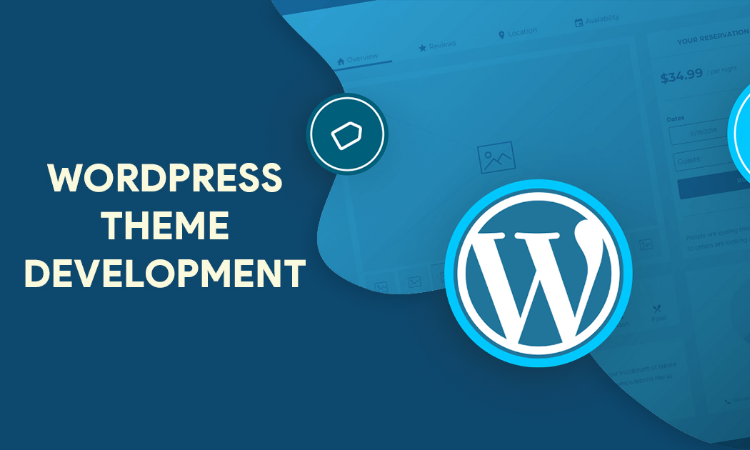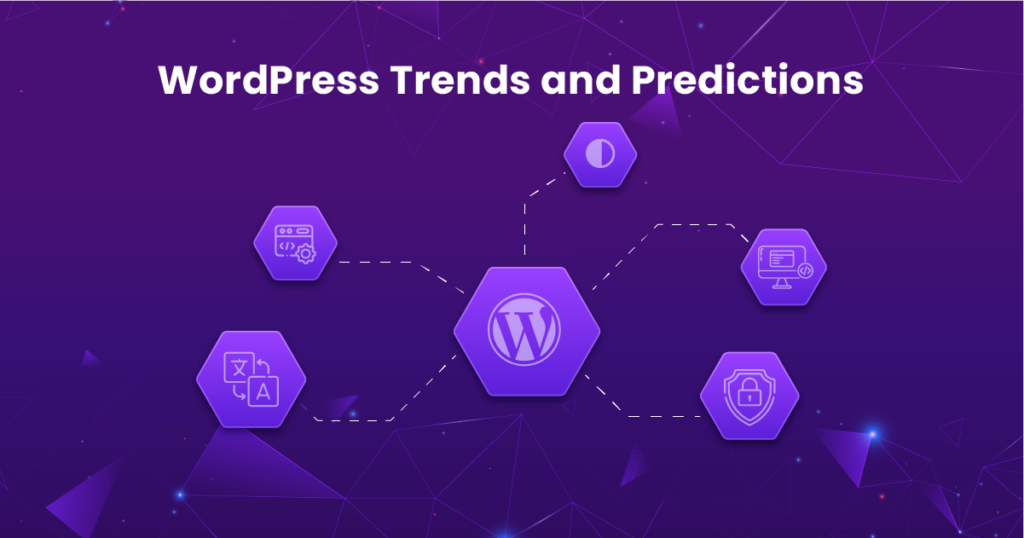Exploring the Core Components of a WordPress Theme

WordPress themes are the visual and functional backbone of a website, shaping its appearance and user experience. Behind the scenes, these themes consist of various core components that work together to deliver a seamless and engaging user interface. In this guide, we’ll take a deep dive into the essential components that constitute a WordPress theme, providing insights for both beginners and seasoned developers.
1. style.css: The Design Blueprint
At the heart of every WordPress theme is the style.css file. This CSS stylesheet serves as the design blueprint, containing crucial information such as the theme name, description, version, and author. Additionally, it defines the styling rules that govern the appearance of different elements on your website. Understanding and customizing this file allows you to tailor the visual identity of your WordPress theme to match your brand or project.
2. functions.php: The Theme’s Functionality Hub
The functions.php file acts as the central hub for a theme’s functionality. It allows you to add custom features, tweak existing ones, and incorporate essential WordPress functionalities. From defining custom image sizes to registering navigation menus and enqueuing stylesheets or scripts, this file plays a pivotal role in shaping how your theme behaves.
3. Template Files: Structuring Content
WordPress themes utilize a set of template files to structure different types of content. These files, including header.php, footer.php, index.php, and others, determine how pages, posts, archives, and individual posts are displayed. Understanding the template hierarchy is key to organizing and presenting your content effectively.
4. Header and Footer: Bookending Your Website
The header.php and footer.php files are integral components that bookend your website. The header typically contains elements like the site logo, navigation menus, and possibly a search bar. In contrast, the footer commonly includes information such as copyright details, links to privacy policies, and additional navigation options. Customizing these files allows you to create a consistent and branded experience for your users.
5. Single.php and Page.php: Individual Post and Page Templates
single.php and page.php are specific templates for individual posts and pages, respectively. These files provide the structure for how a single post or page is displayed. They allow you to control the layout and styling of individual pieces of content, ensuring a cohesive design throughout your website.
6. Sidebar: Enhancing Layouts with Widgets
The sidebar.php file, or its equivalent in modern themes, plays a crucial role in enhancing your website’s layout. Sidebars are often used to incorporate widgets, providing additional functionality and content such as recent posts, categories, or custom advertisements. Customizing the sidebar allows you to tailor the user experience to meet specific needs.
7. Customizer: Live Theme Customization
WordPress themes often leverage the Theme Customizer, a built-in feature that allows users to make real-time adjustments to their theme’s appearance. The customizer.php file or equivalent handles the integration of this powerful tool, providing users with a user-friendly interface to tweak colors, fonts, and other design elements without touching code.
8. Theme Images: Icons, Screenshots, and Thumbnails
The screenshot.png file serves as the thumbnail image for your theme, providing users with a visual preview in the WordPress admin panel. Additionally, including favicon.ico and apple-touch-icon.png files in your theme directory ensures that your website has a branded icon when saved as a bookmark or added to the home screen on mobile devices.
Conclusion:
Exploring the core components of a WordPress theme unveils the intricate architecture that defines the look and feel of your website. Whether you’re a beginner embarking on your WordPress journey or an experienced developer looking to enhance your theme development skills, understanding these components empowers you to create unique, functional, and visually stunning WordPress themes. As you delve into theme development, remember that each component plays a vital role in shaping the digital experience for your website visitors. Happy theme crafting!



